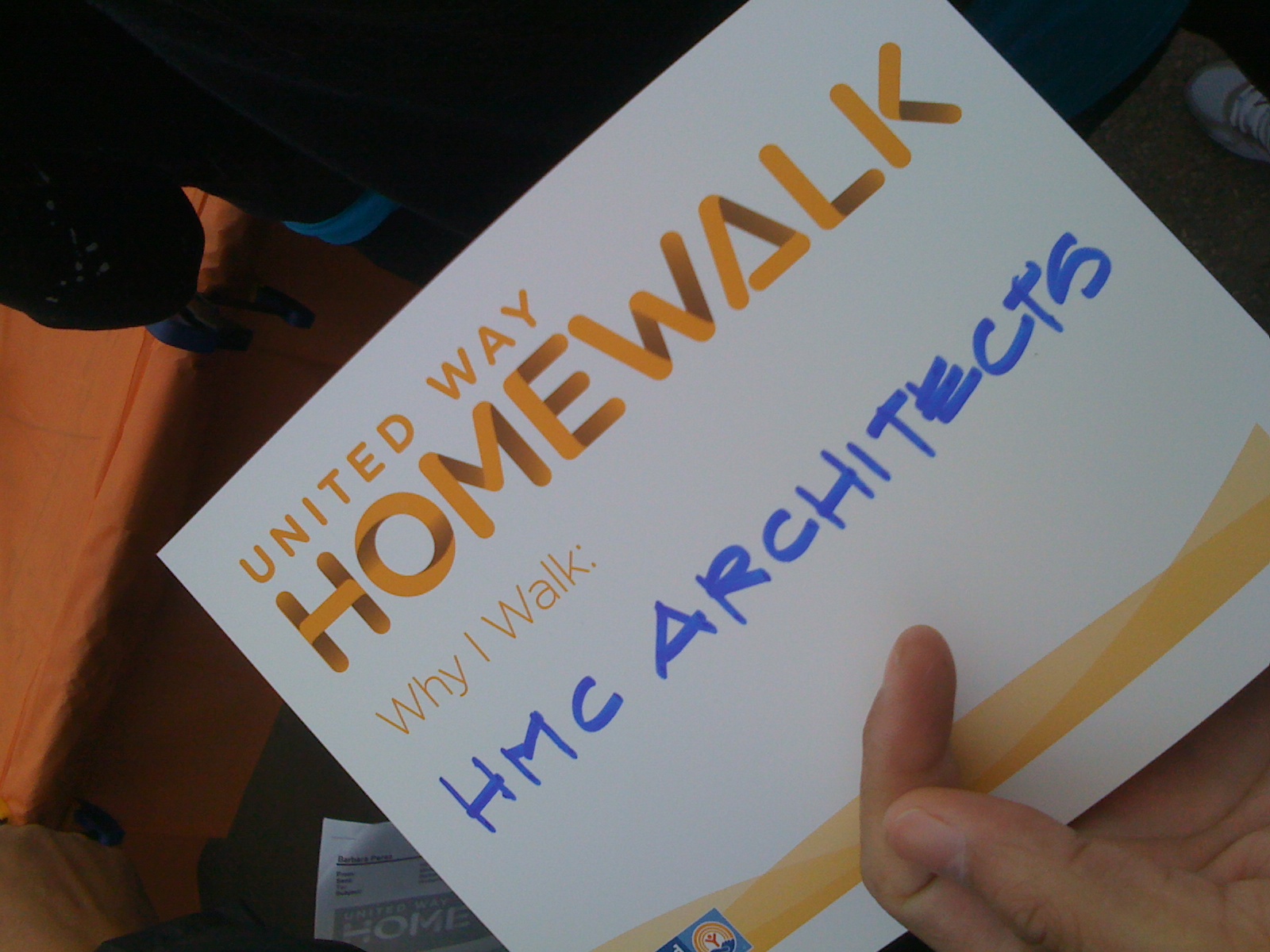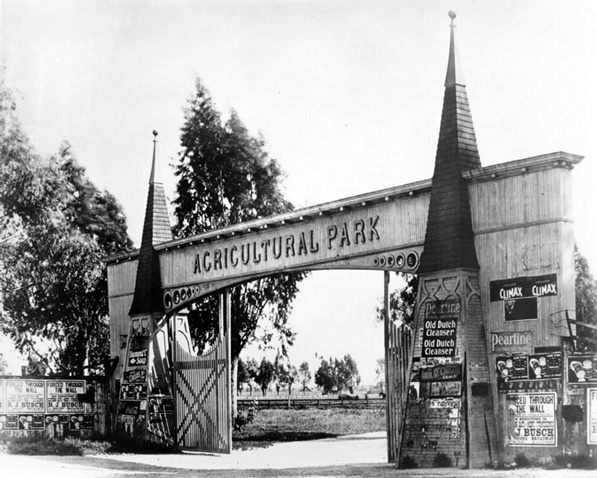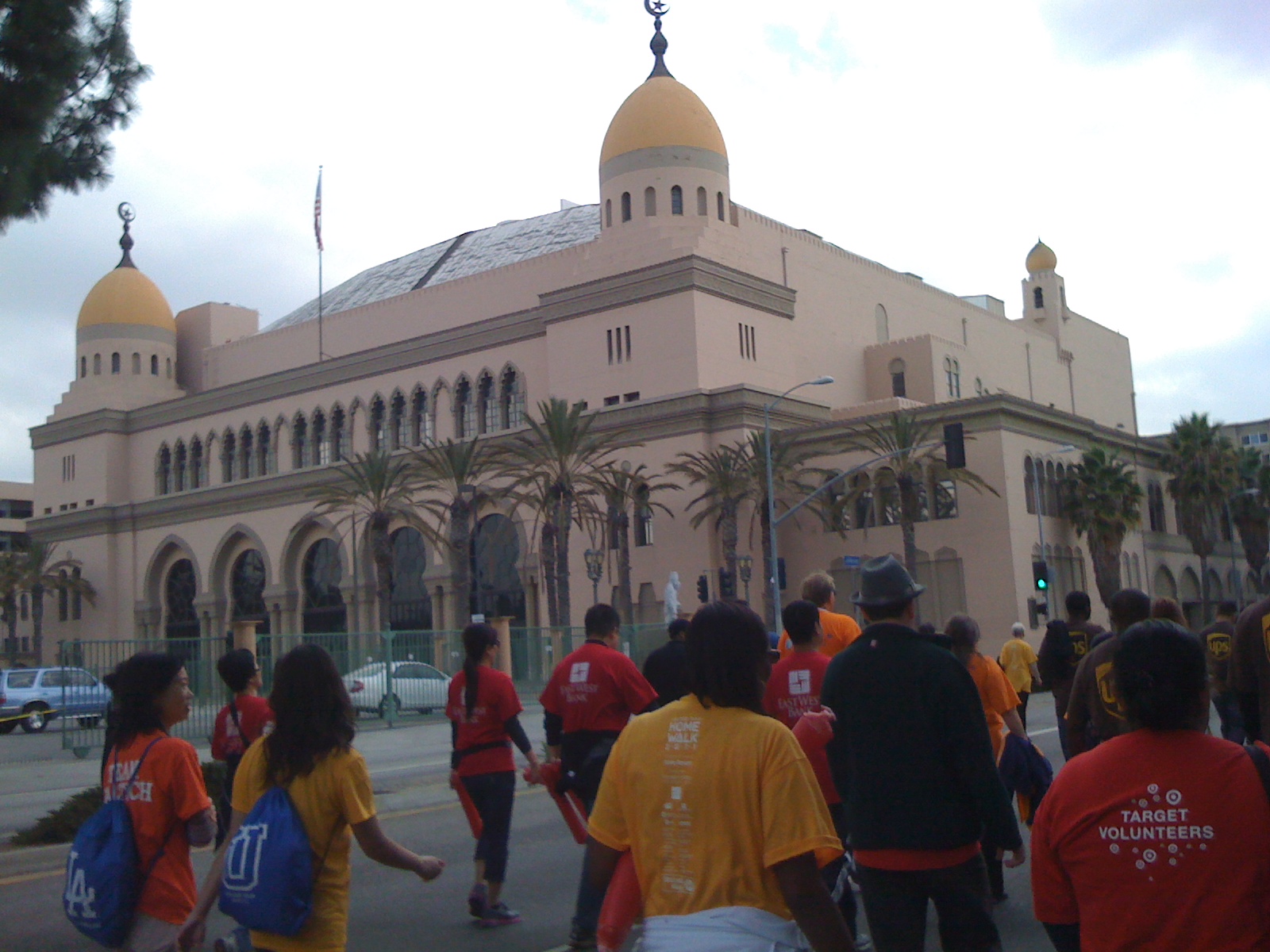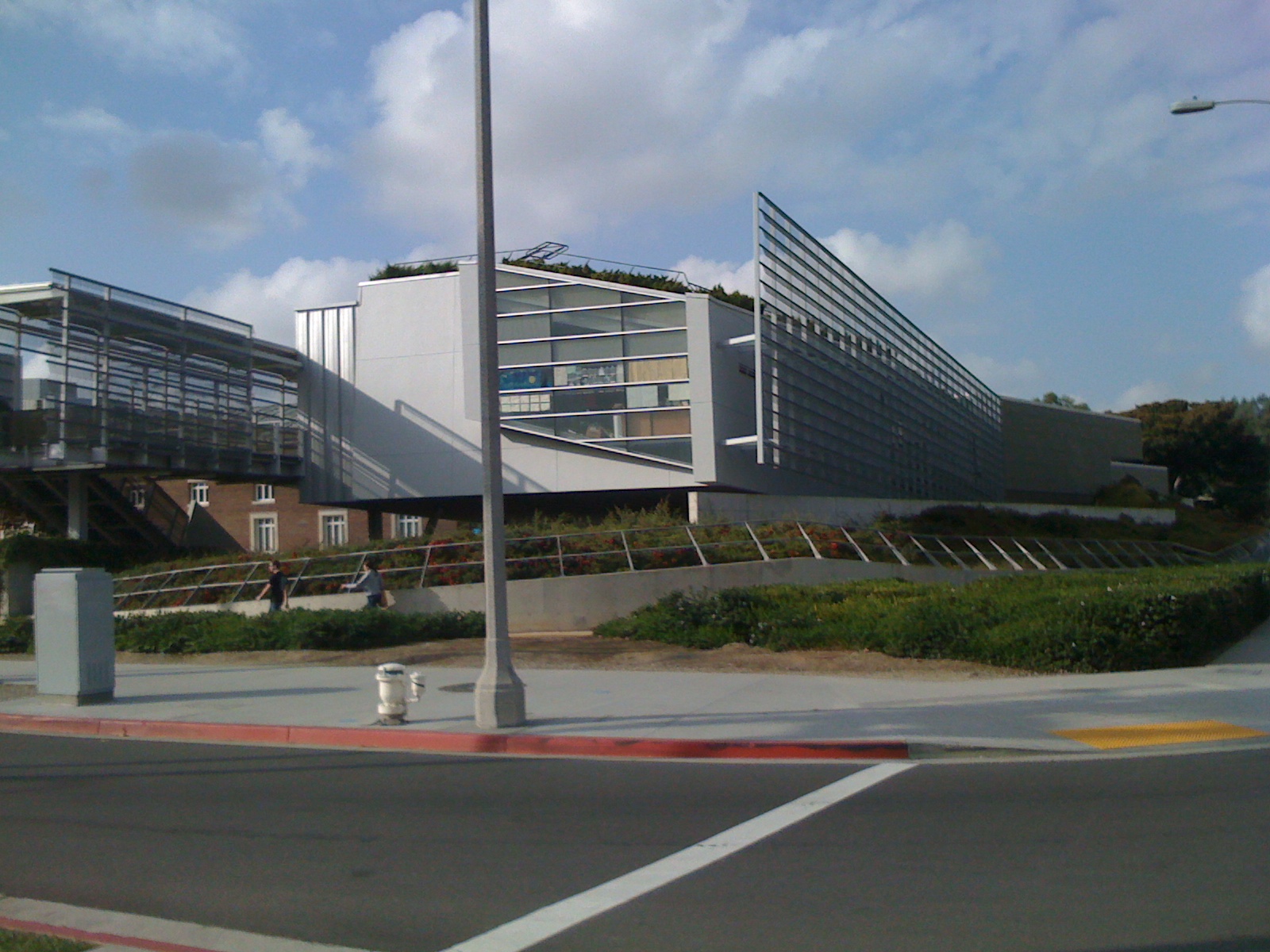By Barbara Perez, Education Facilities Planning Leader
 On Saturday, November 19, 2011, Gerardo Sandoval and I were among the record-breaking 10,000 people who participated in this year’s Homewalk. Representing the HMC Happy Feet walking team, we joined United Way of Greater Los Angeles in the fundraising efforts to solve the homelessness problem in Los Angeles. It was our way of taking action to raise awareness about homelessness, and we arrived bright and early to walk the 5K and donate to the cause. But once on the course, our team didn’t rush to the finish line—instead we soaked in our surroundings and ended up rediscovering a transformed area of the city.
On Saturday, November 19, 2011, Gerardo Sandoval and I were among the record-breaking 10,000 people who participated in this year’s Homewalk. Representing the HMC Happy Feet walking team, we joined United Way of Greater Los Angeles in the fundraising efforts to solve the homelessness problem in Los Angeles. It was our way of taking action to raise awareness about homelessness, and we arrived bright and early to walk the 5K and donate to the cause. But once on the course, our team didn’t rush to the finish line—instead we soaked in our surroundings and ended up rediscovering a transformed area of the city.
Our walk began in Exposition Park, in what was once the outskirts of the City of Los Angeles. Originally, this area was known as Agricultural Park, a fairground for farmers to showcase and sell their crops and cattle and also the location of the first horse drawn streetcar in Los Angeles. Today, Exposition Park is comprised of sporting event venues, museums, educational facilities, and green spaces: the Los Angeles Memorial Coliseum, Sports Arena, California Science Center, Natural History Museum, African American Museum, and the neighboring USC Campus.
Agricultural Park
Walking through Los Angeles during Homewalk was a wonderful way of rediscovering an area of the city that I had not visited in many years. It was a surreal experience, almost as if I was walking through a before and after picture of Exposition Park and its surroundings. It was nice to see some of the iconic buildings survive the revitalization, such as the Felix Chevrolet car dealership on the corner of Figueroa and Adams (complete with the Felix the Cat sign!), and the freshly painted Shrine Auditorium, one of the former venues of the Academy Awards. Other unfortunate icons were demolished or relocated, such as the Italianate and Victorian homes that once lined Figueroa Street across from the Memorial Coliseum. Mixed-use residential/commercial buildings and parking structures now stand in their place. It is just the type of density and building typology you would expect to find in an urban context.

The Shrine Auditorium
Los Angeles is redefining itself beyond an office/commercial center; it’s growing into a thriving city center where Angelenos are reconnecting to their city in new and exciting ways. Through thoughtful planning and strong partnership opportunities, the projects that are emerging are making a real difference in the local communities, not to mention to the cultural richness of Los Angeles. Projects that are not merely placed on the site, but ones that are weaved into the urban fabric by being interconnected and responding to the immediate context. One great example of this is the Science Center School, which was a visionary partnership project between the California Science Center and Los Angeles Unified School District. This school is a public elementary school, providing a unique curriculum and a strategic building design nested on the corner of Figueroa Street and Exposition Boulevard.

Science Center School
If you’re a kid at heart or have small children, you’ll want to visit the newly restored Natural History Museum North Campus, projected to be completed by early 2012. The project includes 3.5 acres of recovered green space with outdoor learning environments. Open green space is a precious commodity in any community, but especially important in urban areas.
The expansion of the Metro Rail and bus system is improving Los Angeles’ connectivity to other cities. Once opened, the Metro Rail Expo Corridor will connect commuters from Culver City to Downtown L.A., and one of the stops will be the Expo/USC station, conveniently located on Exposition Avenue between the USC campus and Exposition Park. Free park and ride locations provide commuters different alternatives to experience the city outside of their vehicles and will facilitate access to these and other culturally enriching nodes of the city.
We have come a long way from the horse drawn streetcar! Just as Los Angeles has changed one project at a time, we can make the difference one person at a time to fight homelessness as a community. I hope that next year our team of walkers will grow and we can take this journey together. Homelessness is an ongoing problem and will require continuous involvement; it is something that we cannot simply leave to others to resolve.
Special thanks to our donors:
Ken Salyer, Adrienne Luce, Gerardo Sandoval, Jeanne Cockrell, Claudia Ambriz, Marise Pereira, and Stacey Necato
